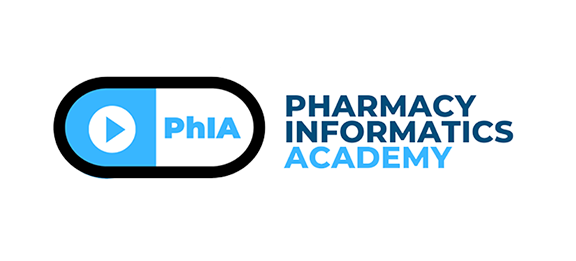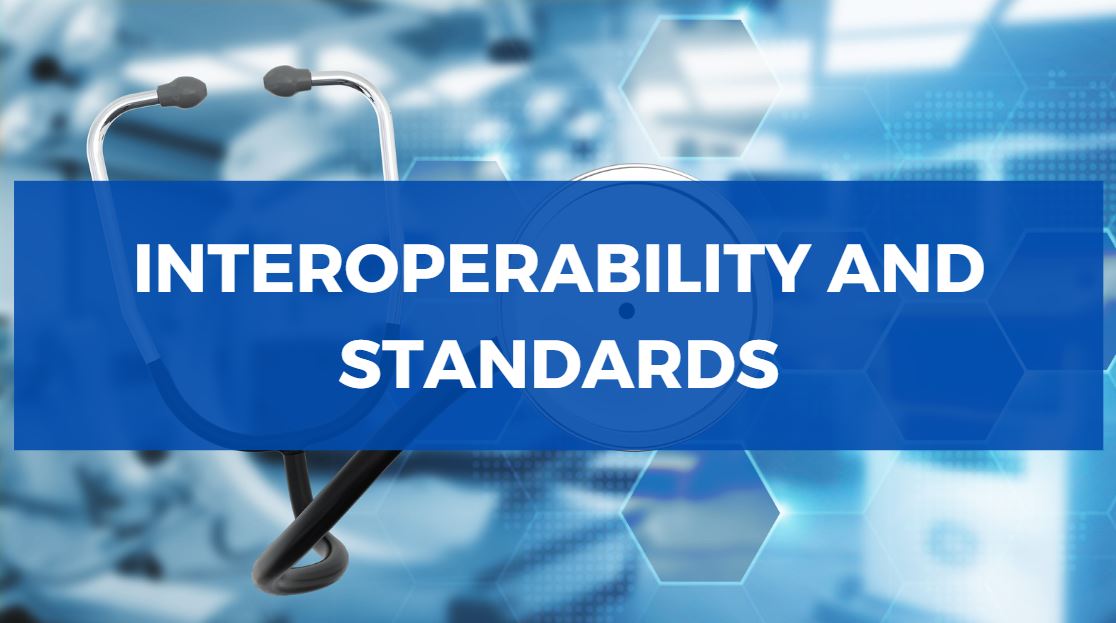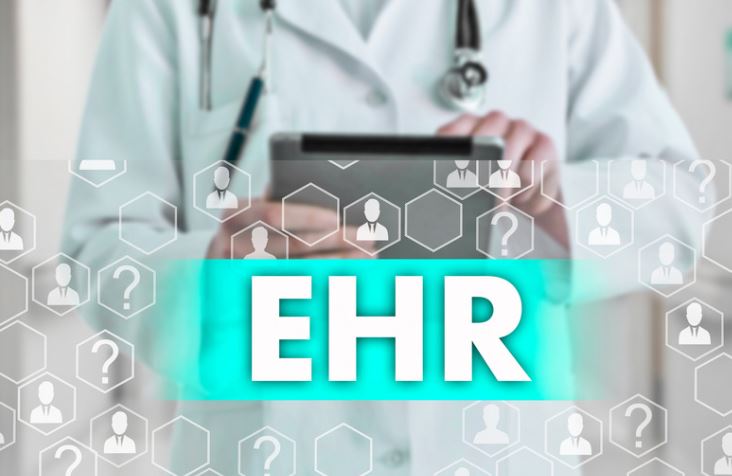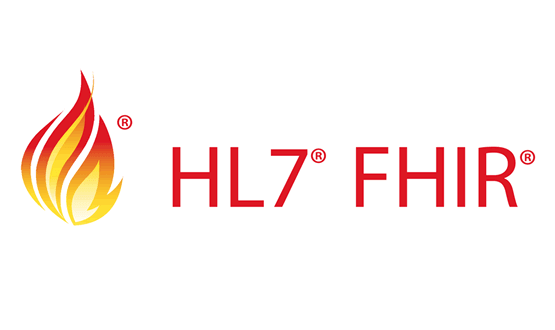Interoperability and Standards
If you’ve been reading into healthcare informatics, you more than likely already encountered the term interoperability. Interoperability means the ability to exchange and use data effectively. Patients may receive care from multiple providers, and data needs to be shared among various systems. But how do we ensure that data is exchanged in a consistent and meaningful way? That is what standardization is for.

Benefits of Standardization
- Standardization promotes consistency and accuracy. One of the primary benefits of standardization is that it promotes consistency and accuracy in the data exchanged between systems. When data is standardized, it is structured in a consistent format, making it easier for systems to understand and interpret it. This consistency reduces the risk of errors caused by misinterpretation or misunderstanding of the data. By standardizing data, healthcare organizations can ensure that information is consistently recorded and exchanged, improving the accuracy and reliability of the data.
- Standardization enables data sharing and exchange. Data is collected and used by different systems and stakeholders in healthcare. For example, the patient’s electronic health record is shared with other providers, including primary care physicians, specialists, and hospital staff. Standardization enables the data to be shared and exchanged between these different systems, regardless of the technologies or platforms used. This tool facilitates collaborative care, so that healthcare providers can make informed decisions based on comprehensive, up-to-date patient data.
- Standardization improves patient safety. Standardization is essential for improving patient safety in healthcare. When data is standardized, it is easier for healthcare providers to accurately identify and communicate critical patient information, such as medication dosages and allergies. Standardized data can be used to trigger alerts and warnings when potentially harmful medications or treatments are prescribed or administered. This helps reduce the risk of adverse events and medication errors, improving patient outcomes and safety.
- Standardization reduces costs. Standardization can help reduce costs associated with healthcare data exchange and management. When data is standardized, it is easier and less expensive to exchange, store, and maintain. Standardization reduces the need for custom interfaces and integration, which can be time-consuming and expensive to develop and maintain. By reducing the costs associated with data exchange and management, standardization can help healthcare organizations improve their efficiency and bottom line.
- Standardization improves data quality. Standardization is essential for improving the quality of healthcare data. Standardized data is structured in a consistent format, making it easier to analyze, report on, and use for research purposes. Standardization can also help reduce the amount of duplicate and inconsistent data, which can be a significant problem in healthcare. By improving the quality of data, standardization can help healthcare organizations make informed decisions, improve patient outcomes, and drive innovation.
- Standardization facilitates innovation. Standardization is critical for driving innovation in healthcare. By standardizing data and promoting interoperability, healthcare organizations can leverage the power of big data analytics and machine learning to gain new insights and improve care delivery. Standardization enables the development of new applications and tools that can help healthcare providers better manage patient data, reduce costs, and improve outcomes.
Examples of Interoperability
There are parts within the healthcare system where interoperability exist, but there are still many areas where it does not. Interoperable healthcare allows health organizations to share that information effectively. Here are some examples of healthcare interoperability:
- Electronic Health Records (EHRs): Health information is recorded in the form of data, which are available in the form of electronic health records. Interoperability allows electronic health records to be accessed and shared across different healthcare settings. Though not widely available, there’s some steps towards making EHRs more interoperable for the future.
- Health Information Exchanges (HIEs): HIEs are networks that enable the sharing of patient health information between different healthcare providers, including hospitals, clinics, and labs.
- Clinical Decision Support Systems (CDSSs): CDSSs use patient data to provide clinical recommendations and active/passive alerts to healthcare providers. Interoperability allows CDSSs to access data from multiple sources, improving the accuracy of recommendations.
- Telehealth: Telehealth services allow healthcare providers to remotely consult with patients using videoconferencing or other digital technologies. Interoperability is essential for exchanging patient data securely and seamlessly during telehealth consultations.
- Medical Devices: Interoperability allows medical devices to share data with other systems, enabling healthcare providers to monitor patients’ conditions more effectively. In 2018, the FDA approved the first of its kind interoperable continuous glucose monitoring pump.
- Patient Portals: Patient portals provide patients with access to their medical records, test results, and other health information. Interoperability allows patient portals to integrate with different healthcare systems, improving patients’ access to their data.
Examples of Interoperability Standards
Interoperability standards are a set of technical specifications and guidelines that enable different systems and devices to communicate and exchange data with each other. Here are some examples of interoperability standards used in healthcare:
- Health Level Seven International (HL7): HL7 is a set of standards used for the exchange, integration, sharing, and retrieval of electronic health information. It is widely used in healthcare to enable interoperability between different systems. Arguably one of the most common HL7 standards is HL7 versions 2.x aka Pipehat, which sends messages deliniated by a pipe symbol (“|”), and is how most devices communicate with the EHRs in health systems.
- Digital Imaging and Communications in Medicine (DICOM): DICOM is a standard used in medical imaging to enable the sharing of medical images and related information. It ensures that medical images can be viewed and exchanged across different systems and devices.
- Fast Healthcare Interoperability Resources (FHIR): is a standard developed by HL7 that uses modern web-based technologies to enable the exchange of health data. It allows different systems and applications to access and share data in a secure and efficient manner. FHIR is being pushed as the standard of standards, and many organizations are adopting this currently, further propelled by the 21st Century CURES Act.
- Continuity of Care Document (CCD): CCD is a standard for the exchange of patient summary information between different healthcare providers. It provides a standardized format for sharing patient data, including demographic information, medical history, allergies, medications, and test results.
- Logical Observation Identifiers Names and Codes (LOINC): LOINC is a standard used for identifying and coding medical laboratory tests and observations. It enables the exchange of laboratory data between different systems and applications.
These are just a few examples of the many interoperability standards used in healthcare. Interoperability standards play a critical role in enabling the exchange of health information and improving patient outcomes.
Standardization and Interoperability are Necessary
Standardization is critical for achieving interoperability in healthcare. Standardized data promotes consistency and accuracy, enables data sharing and exchange, improves patient safety, reduces costs, improves data quality, and facilitates innovation. The healthcare industry is increasingly recognizing the importance of standardization, with initiatives such as Fast Healthcare Interoperability Resources (FHIR) and the Office of the National Coordinator for Health Information Technology (ONC) promoting standardization and interoperability. By embracing standardization and interoperability, healthcare organizations can improve the quality of care, reduce costs, and drive innovation, ultimately leading to better patient outcomes. Standardization and interoperability are essential to improving healthcare quality and reducing costs. By embracing these concepts, healthcare organizations can drive innovation and improve patient outcomes.



